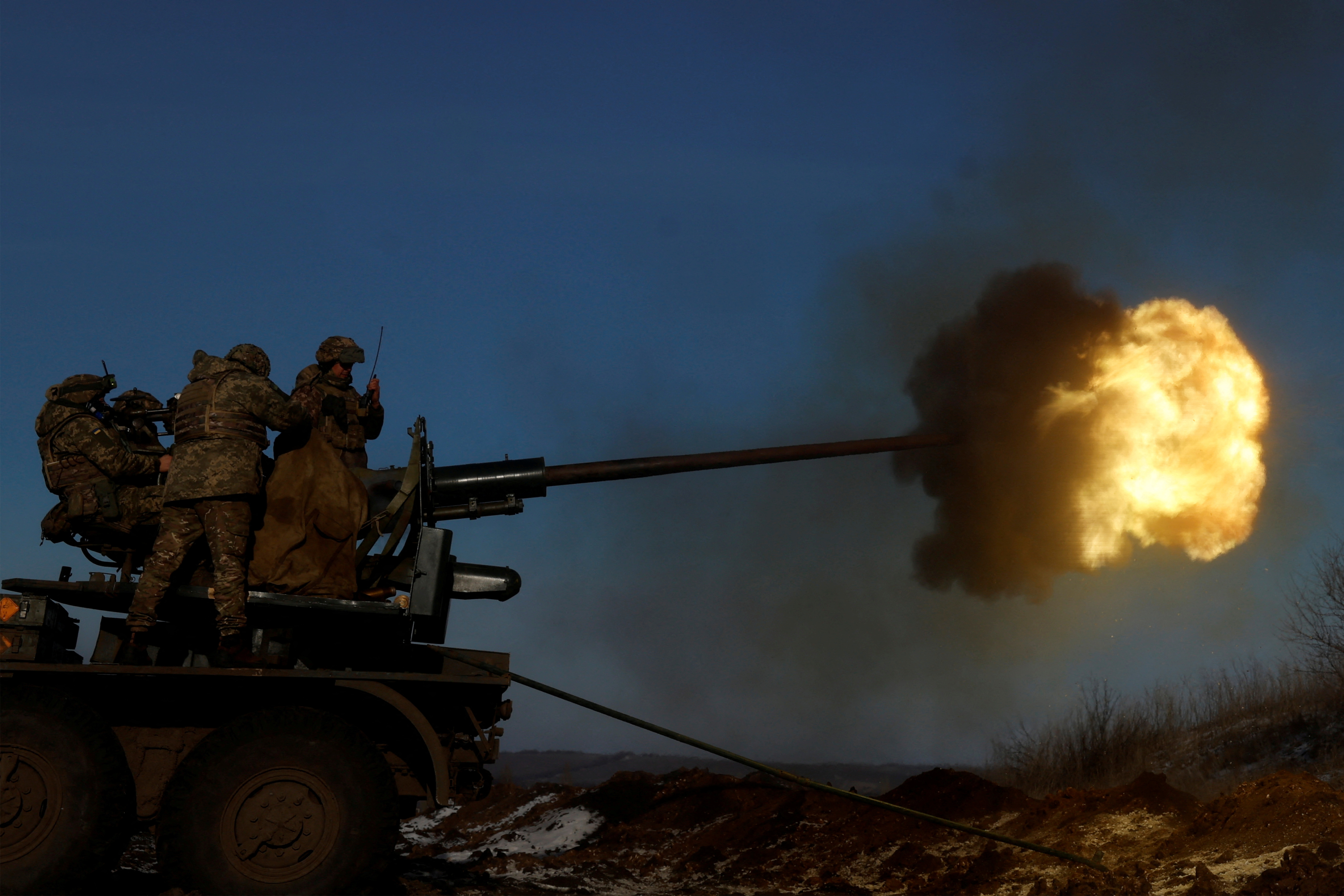
Russian and Ukrainian forces were engaged in intense fighting on Wednesday over the town of Soledar in eastern Ukraine – a stepping stone in Moscow’s push to capture the entire Donbas region – with the Russians appearing to have the upper hand.
Moscow’s capture of Soledar and its salt mines would have symbolic, military and commercial value for Russia. Here is a look at why.
Russia’s capture of Soledar, which had a pre-war population of just over 10,000, would be a rare success for Moscow’s troops after retreats in the north, northeast and south last year.
It is located in Ukraine’s Donetsk region, which Moscow unilaterally claimed to have annexed in September despite only occupying part of the area. The capture of the region is widely seen as a Kremlin war objective.
The Wagner group of Russian mercenaries has played a prominent role in the offensive and their head, Yevgeny Prigozhin, would be able to use the capture of the town to burnish his organisation’s credentials in Russia.
Soledar lies less than 10 km (6 miles) northeast of the city of Bakhmut where fighting has raged for months in one of the war’s bloodiest battles – dubbed the “meat grinder”. If Russia is able to capture Soledar, it would likely be able to use that position to intensify its assault on Bakhmut. It could also try to attack Ukraine’s rear positions there to encircle the city.
“But this (the capture of Soledar) would not mean the Ukrainian defensive line or front have collapsed and that it would be necessary to fall back to new defensive lines,” said Oleksandr Musiyenko, a Kyiv-based analyst.
Soledar is also home to cavernous salt mines that are owned by state-owned enterprise Artemsil, which dominated the Ukrainian market until it halted production a few months after Russia invaded. The enterprise has produced more than 280 million tonnes of salt since it was founded in the late 19th century. The mines reach a depth of 200-300 metres (219-328 yards)and have tunnels with a combined length of 300 km (186 miles), according a local tourist website.
The enterprise was once considered one of the largest in Eastern Europe and exported salt to 20 countries. A hot air balloon was once flown inside one of the mines to demonstrate their depth.
The salt mines could serve as a commercially lucrative asset and also be used to store ammunition and weapons out of range of Ukrainian missiles.
A U.S. official said last week that Prigozhin was interested in taking control of salt and gypsum from mines near Bakhmut. Prigozhin has himself spoken of Bakhmut’s “underground cities”, saying they can hold troops and tanks.

